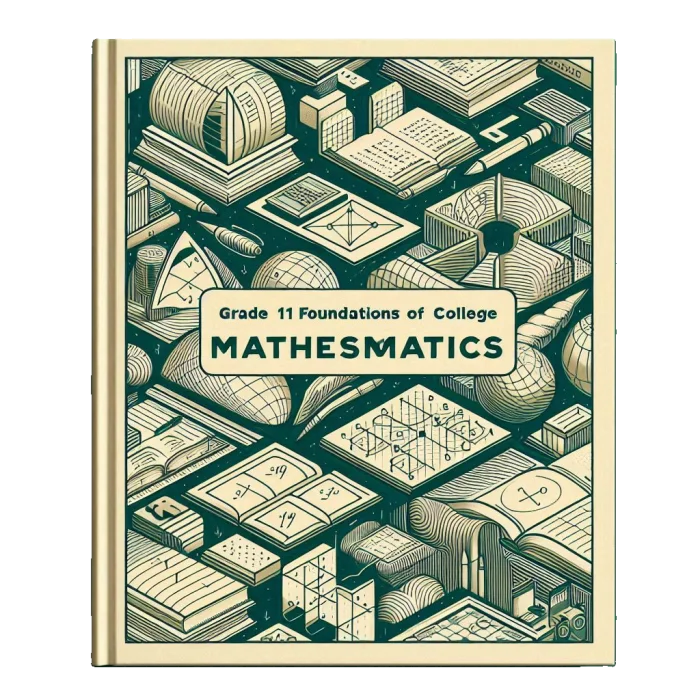This course enables students to broaden their understanding of mathematics as a problem solving tool in the real world. Students will extend their understanding of quadratic relations; investigate situations involving exponential growth; solve problems involving compound interest; solve financial problems connected with vehicle ownership; develop their ability to reason by collecting, analysing, and evaluating data involving one variable; connect probability and statistics; and solve problems in geometry and trigonometry. Students will consolidate their mathematical skills as they solve problems and communicate their thinking.
Prerequisite: Foundations of Mathematics, Grade 10, Applied
Type:College Preparation
Credit Value:1.0
Curriculum Policy:
A. MATHEMATICAL MODELS
1. make connections between the numeric, graphical, and algebraic representations of quadratic relations, and use the connections to solve problems;
2. demonstrate an understanding of exponents, and make connections between the numeric, graphical, and algebraic representations of exponential relations;
3. describe and represent exponential relations, and solve problems involving exponential relations arising from real-world applications.
B. PERSONAL FINANCE
1. compare simple and compound interest, relate compound interest to exponential growth, and solve problems involving compound interest;
2. compare services available from financial institutions, and solve problems involving the cost of making purchases on credit;
3. interpret information about owning and operating a vehicle, and solve problems involving the associated costs.
C. GEOMETRY AND TRIGONOMETRY
1. represent, in a variety of ways, two-dimensional shapes and three-dimensional figures arising from real-world applications, and solve design problems;
2. solve problems involving trigonometry in acute triangles using the sine law and the cosine law, including problems arising from real-world applications.
D. DATA MANAGEMENT
1. solve problems involving one-variable data by collecting, organizing, analysing, and evaluating data;
2. determine and represent probability, and identify and interpret its applications

